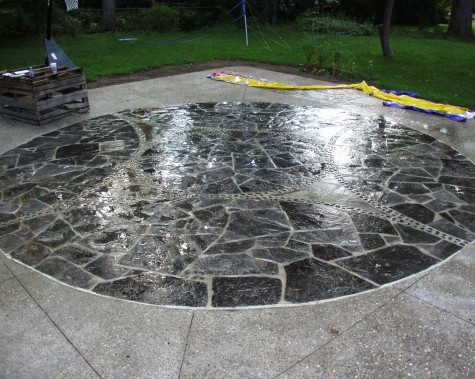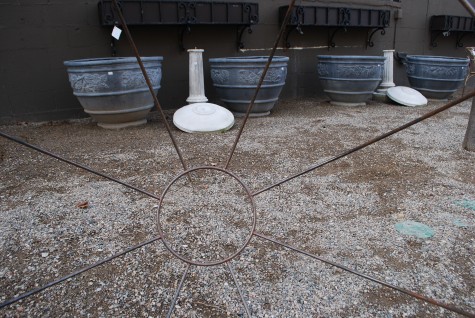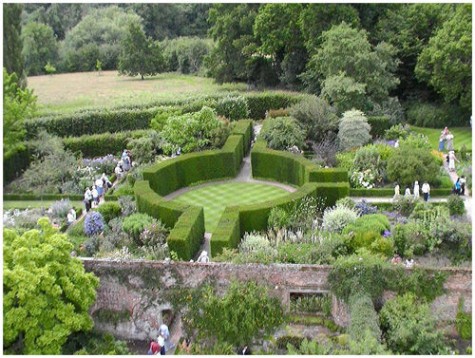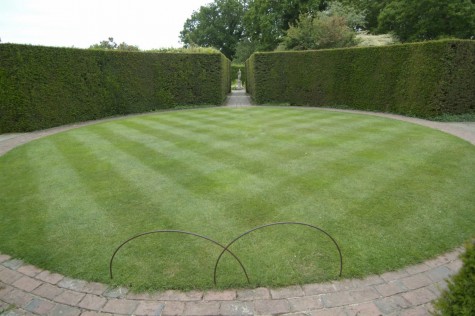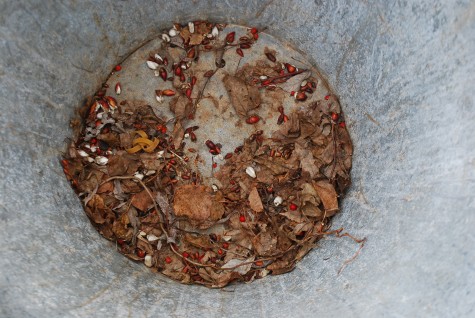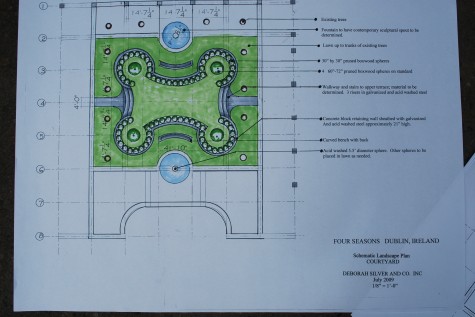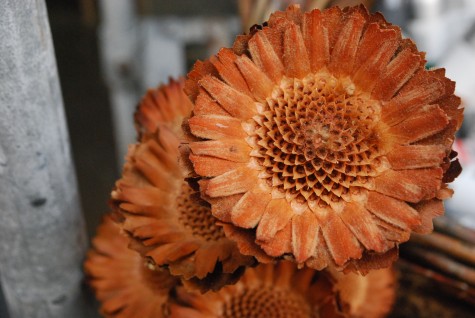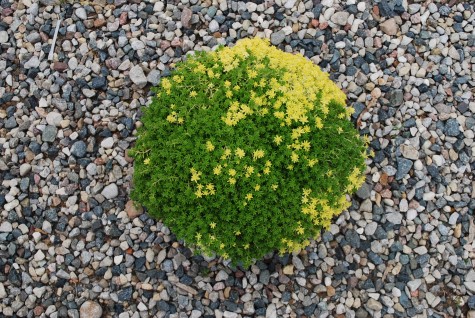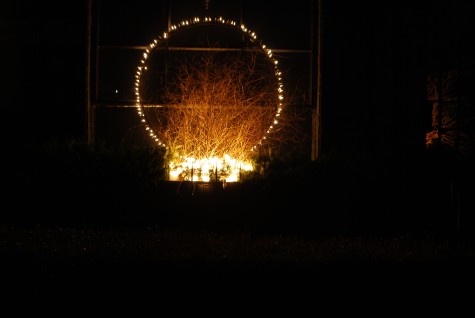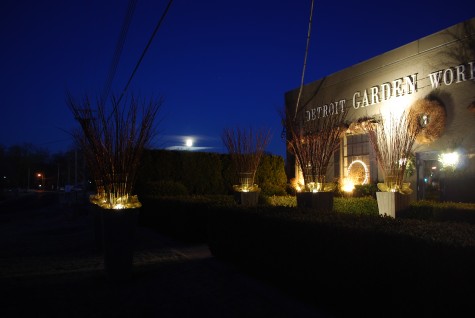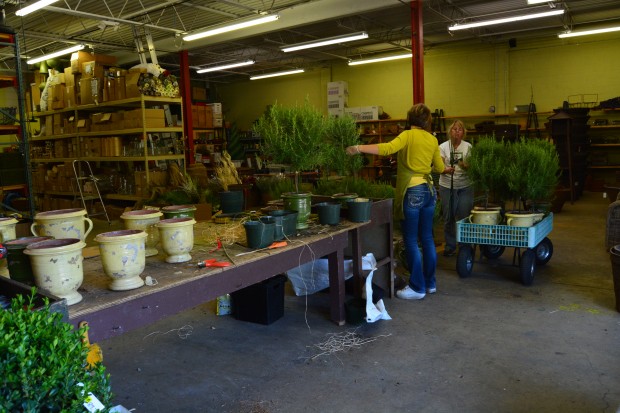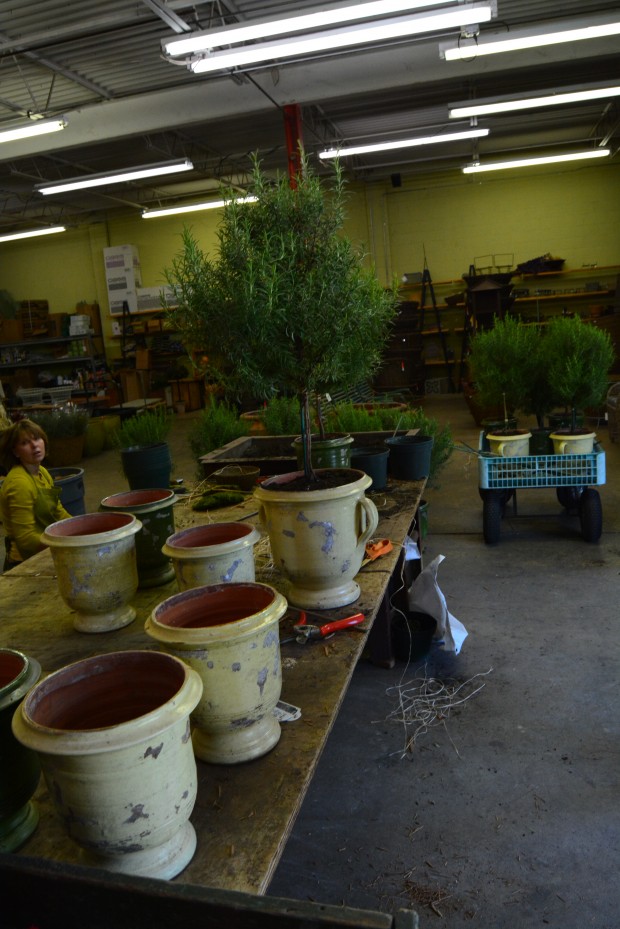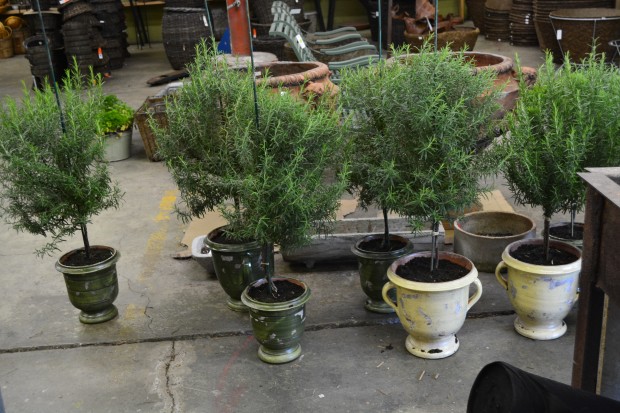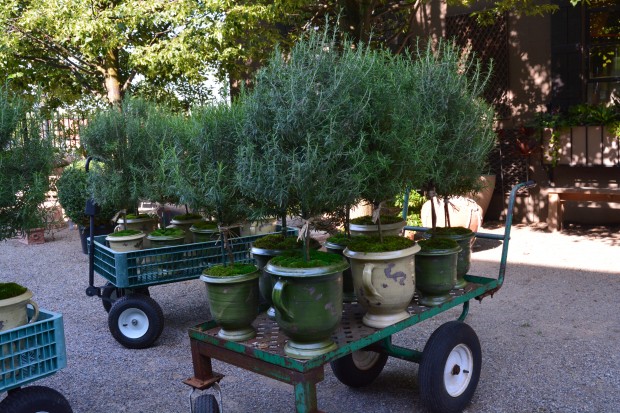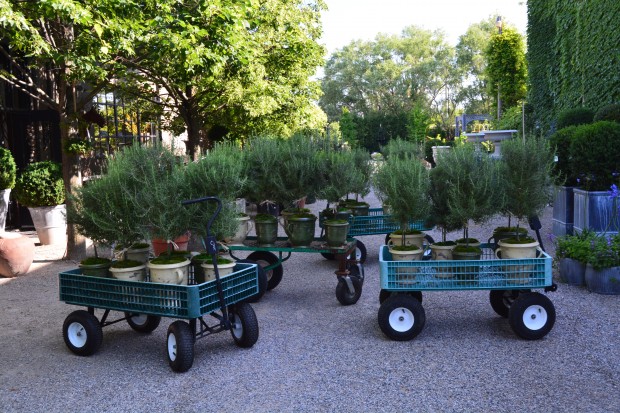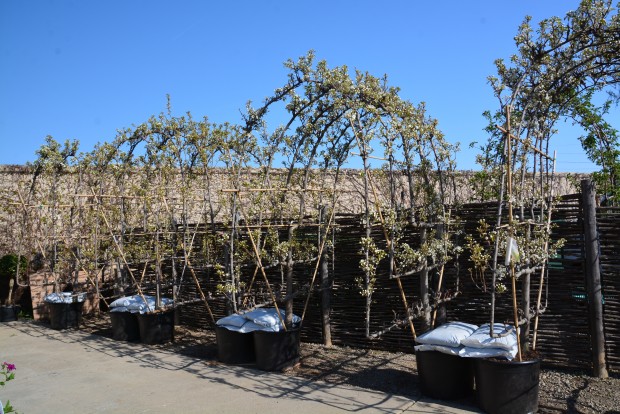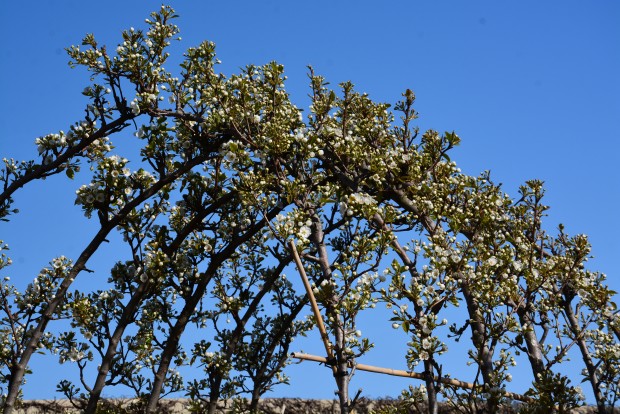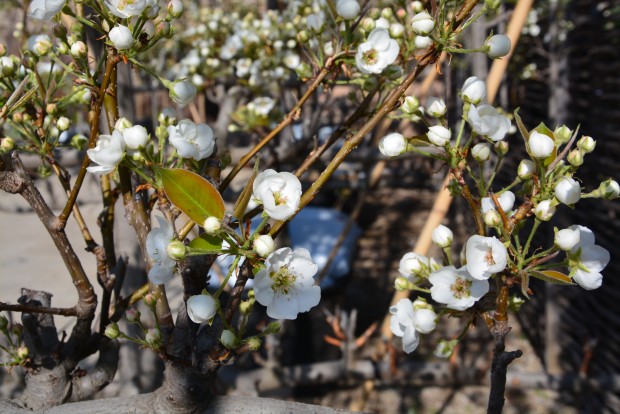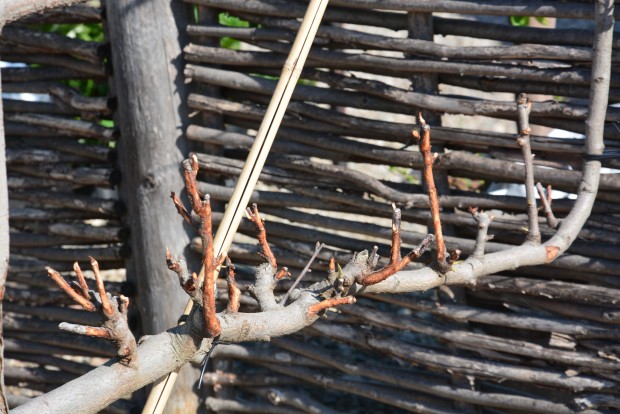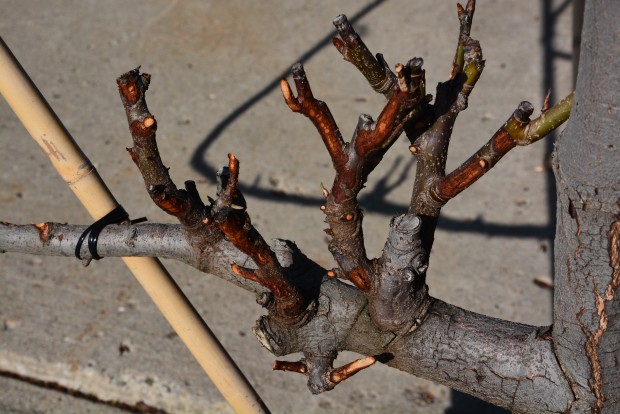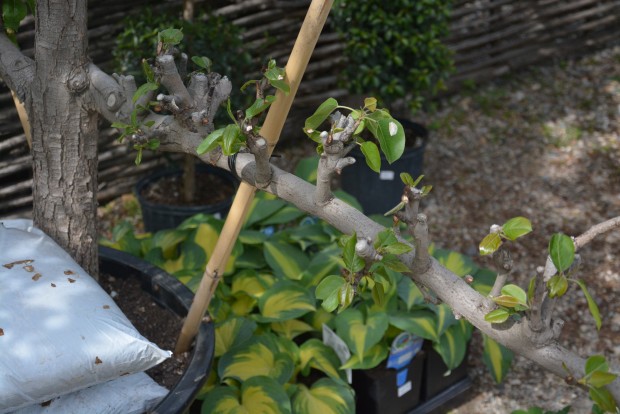I was fortunate to hear recently from Wolfgang Eberts in Germany; he apparently read my previous posts on the Venus Dogwood. He tells me that this fabulous dogwood has proved to be very popular in Europe. He accompanied Elwin Orton, the hybridizer of Venus, to the Chelsea Flower Show, where it took a well-deserved gold medal. Wolfgang is a plantsman, and an European distributor of Venus. His nursery also sells other fine plants, including bamboo. What fun to hear from him. All of the pictures are courtesy of Wolfgang Eberts.
from left to right; Wolfgang Eberts, Elwin Orton, hybridizer of Venus from Rutgers University, and Hugh Johnson-taken at Chelsea
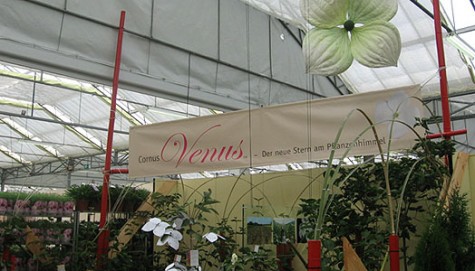 trade show display of Wolfgang’s nursery about Venus
trade show display of Wolfgang’s nursery about Venus

Venus dogwood does not set much fruit here, but when it does, it is spectacular. For more information on Wolfgang Eberts, try www.cornus-venus.com, and www.bambus.de. What a pleasure it was for me to hear from him.
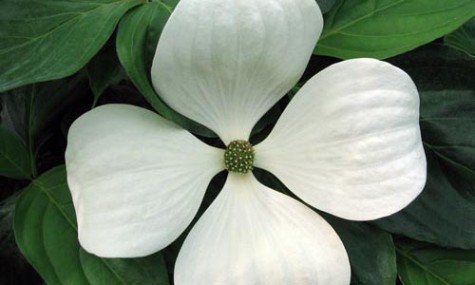
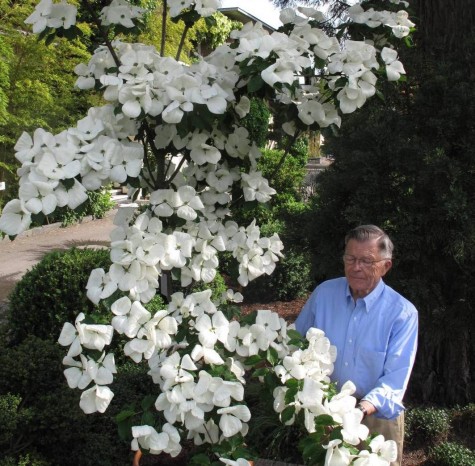
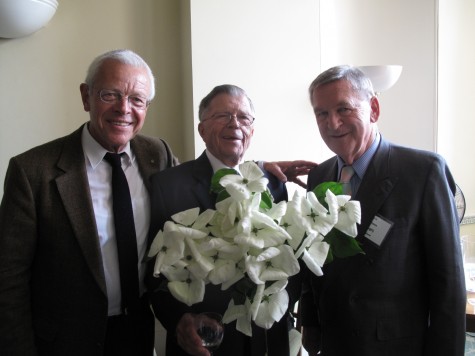
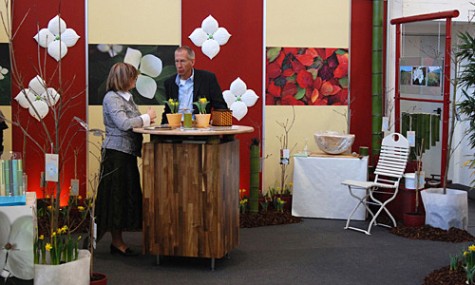

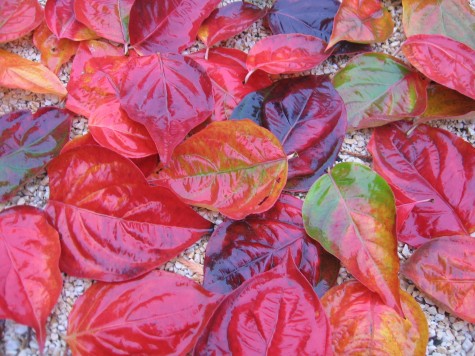
![Mien1[1].jpg](https://deborahsilver.com/wp-content/uploads/2012/01/Mien11-475x180.jpg)
